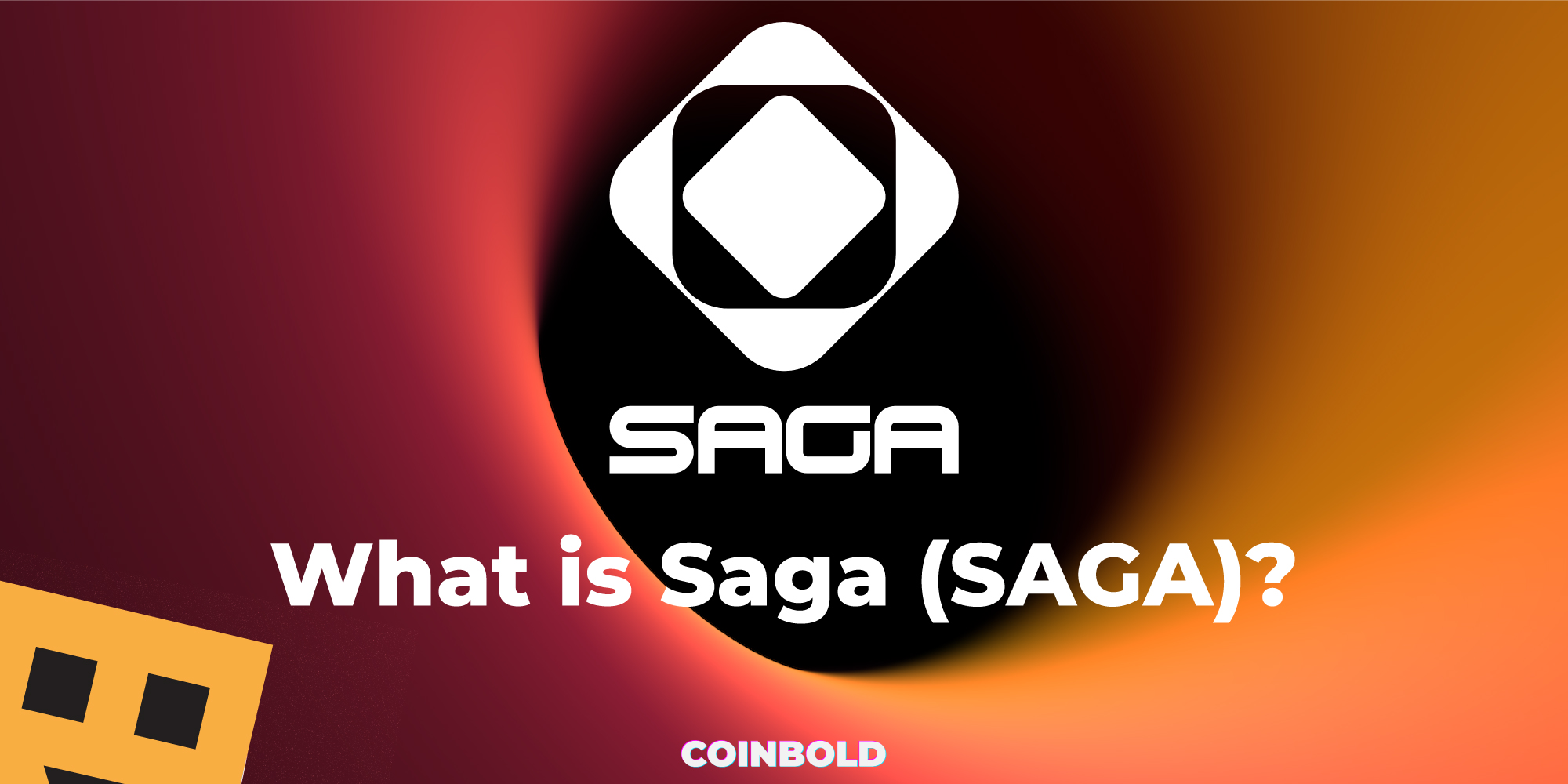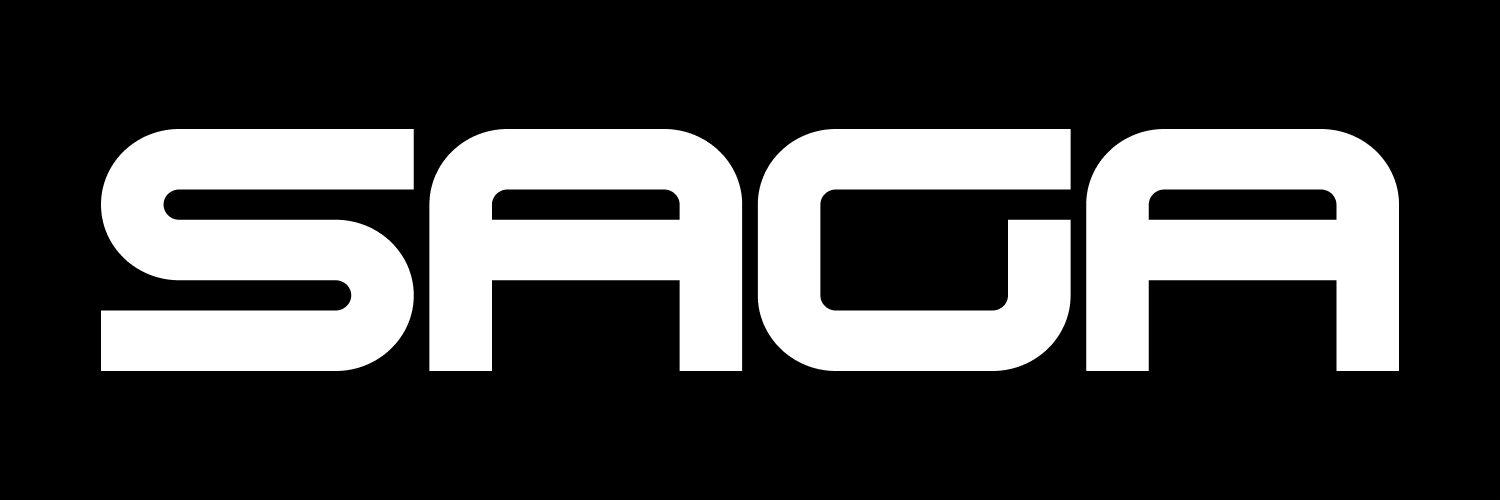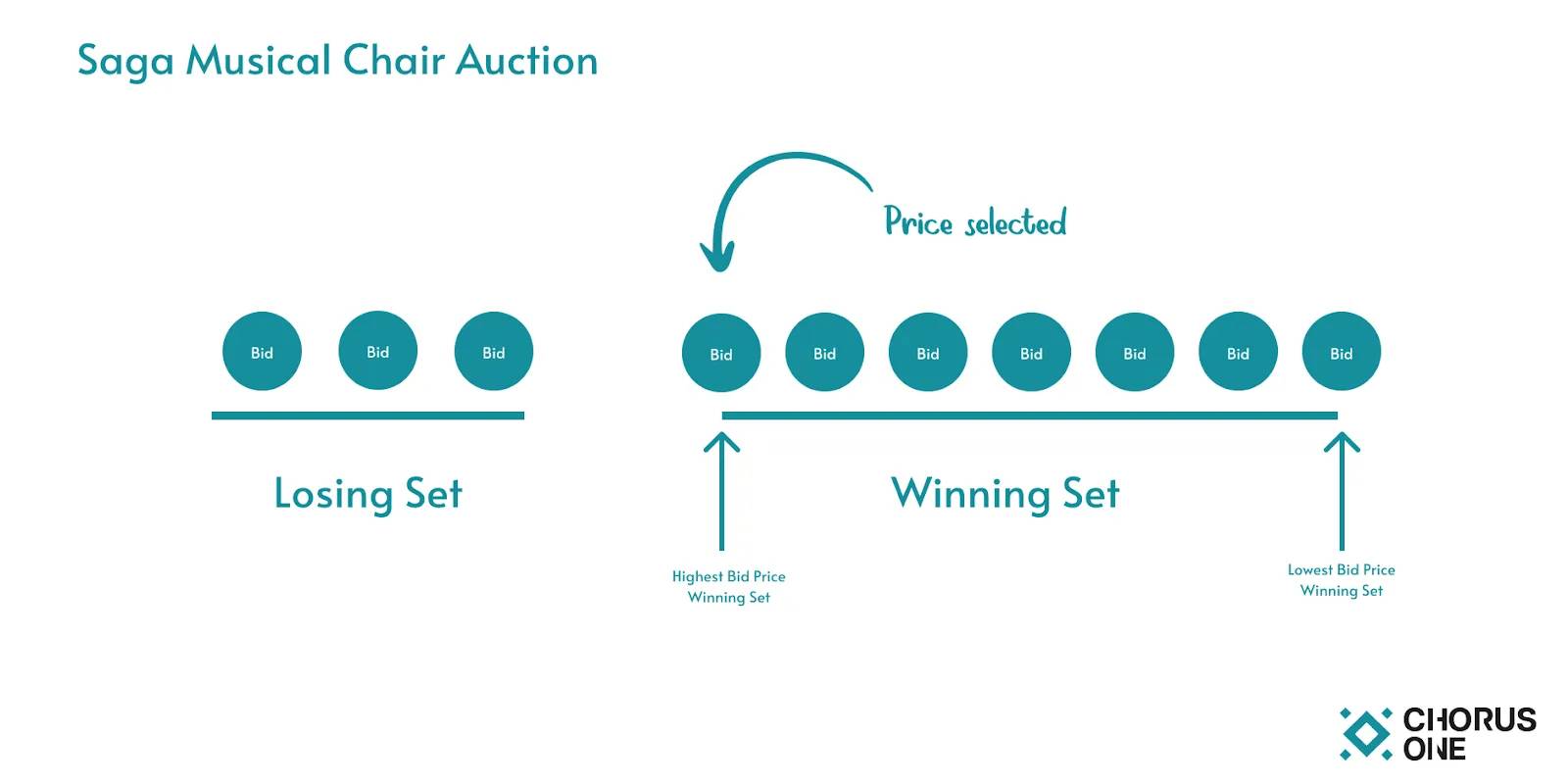
Saga is a protocol that provides blockchain development services for decentralized applications. Jump right into this article to learn more!

What is SAGA?
saga protocol This is a venture that provides blockchain building services for applications. Basically, Saga functions as a blockchain platform designed to introduce additional blockchains, known as “Chainlets”, within the Saga ecosystem.
These chainlets are secured by Saga validators through a process called Interchain Security, a collaborative security system derived from Cosmos.
The concept of interchain security involves one blockchain acting as a security provider for other blockchains, specifically chainlets in this scenario. As a result, Chainlets can take advantage of running Cosmos SDK applications while relying on Saga validators for block validation.
Solution for building a VM-compatible blockchain
Saga presents an expert system for user-friendly, decentralized, and secure blockchain deployment. The system allows developers to control their choice of virtual machines of their choice, starting with support for the Ethereum Virtual Machine (EVM).
In the future, Chainlet is working to be compatible with multiple virtual machines, giving developers the freedom to choose from a variety of options such as EVM, CosmWasm, or Javascript VM.
Chainlet release process
Unlike Cosmos Hub, no permissions are required to launch a Chainlet on Saga. Developers only need to own SAGA tokens to cover the costs of setting up and maintaining a Chainlet. This process is similar to services provided by platforms such as Amazon Web Services and other SaaS providers, except that subscription fees for Chainlet creation and management are paid in SAGA tokens.
Once the fee is paid, the validator is responsible for building and overseeing the Chainlet's infrastructure, similar to how validators on Cosmos Hub manage the App Chain infrastructure.
To launch a Chainlet, developers must allocate funds to an escrow account using SAGA tokens. This escrow account can be funded in any amount and acts as a prepayment service to cover costs associated with Chainlet. Once the upfront fee is exhausted, the Chainlet will be disabled until the developer deposits more SAGA into the account. Fees are calculated per epoch, with each epoch lasting approximately one day.
There are several ways to fund your margin account with SAGA tokens.
- Deposit money directly into your account using SAGA tokens
- To pay fees through staking rewards, stake SAGA into your escrow account.
- Sponsors, community, and DAOs can pay fees.
The fee required to participate in a Chainlet is set by the validator each day before the start of a new epoch. Each validator submits a proposal for the fees they would like to receive for their services. They are then finalized and selected through a bidding process known as a “music chair auction.”
Chair Auction – A Model for Determining Chainlet Operating Costs
Chair auction is the method used to determine the standard price for conducting Chainlet operations. In this auction, validators submit bids and only the selected group with the lowest bids, known as the “winning set”, are selected to run the chainlet. Validators who bid higher are classified as the “losing set”.
The cost of running a chainlet is determined by the highest bid within the winning set. That is, the validator who submitted the highest bid in the Winning Set will receive the desired price, and other validators will not only secure the desired price but also earn a profit based on their bid.
Therefore, the price developers pay to validators to run a chainlet is based on the highest bid in the Winning Set along with additional revenue. This profit ensures that all validators in the Winning Set receive fair compensation for the services they provide to developers while running the Chainlet.

On the other hand, chair auctions pose a potential risk to validators. The system aims to incentivize validators to submit the most competitive bids through rewards for validators in the winning set and consequences for validators in the losing set.
Tokenomics of SAGA
Token Name: Saga (SAGA)
Maximum token supply: 1,000,000,000 SAGA
Saga and Chainlet introduce a new token structure with transaction fees paid by end users to Chainlet developers. Developers then pay gas fees to the Saga mainnet. This gives Chainlet and its development team a high level of flexibility in determining how end-user transaction fee funds are used. On Chainlet, you can pay gas fees with SAGA tokens or other tokens such as ETH or USDC.
saga team
- Rebecca Liao – (Chief Executive Officer): Previously, she served as co-founder and CEO of Skuchain, leading Skuchain to over $5 billion in annual revenue. Currently, Rebecca is an advisor to Sommelier Protocol, responsible for designing DAOs to optimize governance, develop platforms, and ensure compliance.
- Jacob McDorman – (CTO): He is an entrepreneur and researcher with over 10 years of experience in product development. He brings vision and a practical approach to his work as a business founder, entrepreneur, development studio owner, and consultant.
- Jin Kwon – (CSO): He has been contributing to the Cosmos ecosystem since 2018 and currently holds many important positions at Tendermint. He has a multidisciplinary background in engineering, sales, marketing, and finance, and wants web3 technology to be widely integrated into everyday life.
- Bogdan Alexandrescu (Vice President, Engineering): He is a technology expert and industry leader with experience in various fields ranging from technology to fintech and business consulting. Before joining Saga, he had a notable career at Apple Inc, where he worked on large-scale machine learning and artificial intelligence projects.

investor
Saga succeeded in securing a total of $13.5 million through three rounds of seed funding. Investment funds and organizations such as Placeholder, Samsung Next, GSR, Longhash Ventures, Maven11, and Hypersphere have all contributed to this capital call.
conclusion
Saga is a layer 1 protocol that allows developers to automatically spin up parallel, interoperable private chains that elastically scale based on Web3 application requirements.
Through this article, you will probably have some basic information about the project that you need to make your own investment decisions.
Currently, you can earn SAGA tokens by staking BNB or FUSD through Binance Launchpool.
